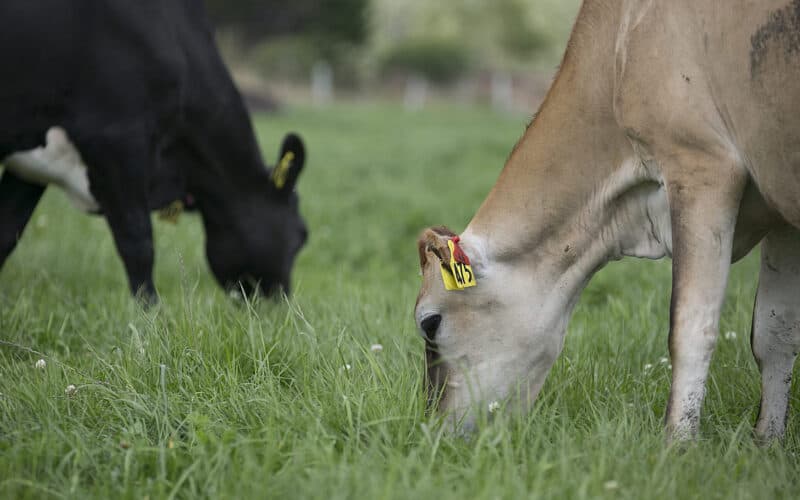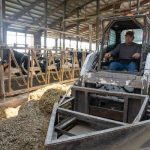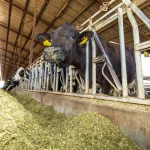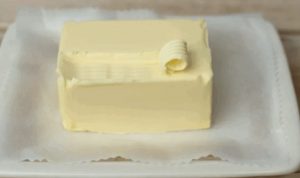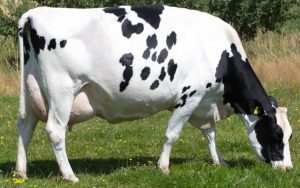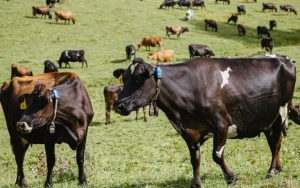
Making sure cows are efficiently turning feed into milk will be crucial as farmers start exploring ways to reduce their on-farm emissions.
Farmers are being warned that reducing herd sizes and supplementary feed levels as a way of curbing costs may come back to bite them over the long term.
The stuttering milk price and high input costs are creating ongoing financial challenges for farmers this season, but, says GrainCorp Feeds general manager Daniel Calcinai, selling cows and cutting back on supplementary feed is short sighted.
“Reducing your herd size and cutting out supplementary feed may not be the best option and could affect the profitability of some farm businesses over the next few years, not just this season.
“Farmers need to take a long-term approach to their decision making to minimise risk and give themselves the best chance of success.”
While prioritising the use of homegrown feed, the best thing farmers can do is review inputs, including their herd’s total diet, and create a base feed plan, including costs and income.
“This will help them see what margins might be achievable in various scenarios.
“It’s about maximising the utilisation of home-grown feeds and then adding the right supplement to complement the seasonal pasture conditions and the cow’s diet. Our goal is to improve rumen function and feed conversion efficiency in a cost-effective way.”
Making sure cows are efficiently turning feed into milk will be crucial as farmers start exploring ways to reduce their on-farm emissions, he says.
Dairy companies are rallying to support farmers to reduce on farm emissions and protect the industry’s global competitive advantage. Fonterra recently released information to help its suppliers reduce emissions and their farm’s carbon footprint by recommending specific actions they can take.
Three key areas in which Fonterra encourages farmers to act are through improved animal efficiency, better nutrition and understanding the implications of supplementary feed.
“While on-farm emissions targets don’t come into effect until 2025, our team is equipped to help farmers get ready and get some runs on the board now. It’s a busy and challenging time for dairy farmers. We have a responsibility to step up and do what we can to help ease the load,” Calcinai says.
“For example, we can help measure, monitor and alter milk urea nitrogen levels excreted by improving a herd’s nutrition, optimising rumen function and feed utilisation.
“Not only can this help reduce the levels of nitrogen excreted on pasture and reduce the risk of waterway leaching, if managed and implemented correctly, but it can also improve productivity and margins. It’s all about efficiently turning feed into milk, minimising waste, and maximising milk output.”
In the short term, one option touted for farmers to manage methane is to reduce their herd size, Calcinai says, which can also help them reduce their overall footprint.
But this should not be at the expense of production.
“We have a proven track record in helping farmers reduce herd size to reduce milk urea nitrogen and methane, all while maintaining or increasing the farm’s overall milk production. It can be done if planned well.
“This also leads to other sustainability benefits, such as a possible reduction in emissions intensity or emissions per kilogram of milk solids produced.”
